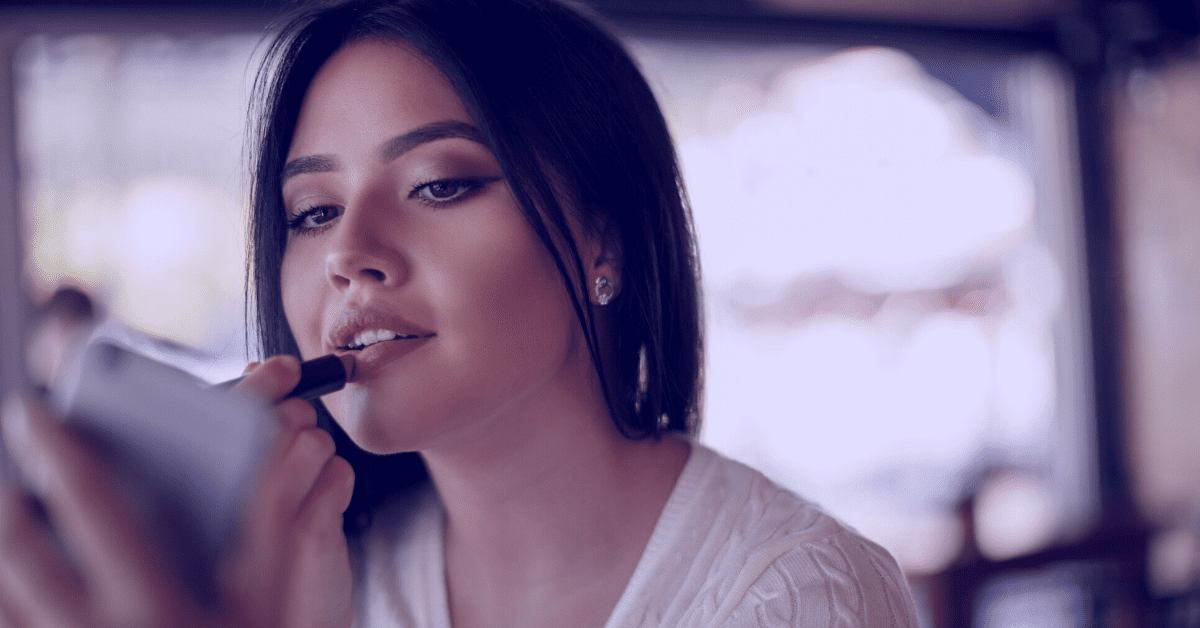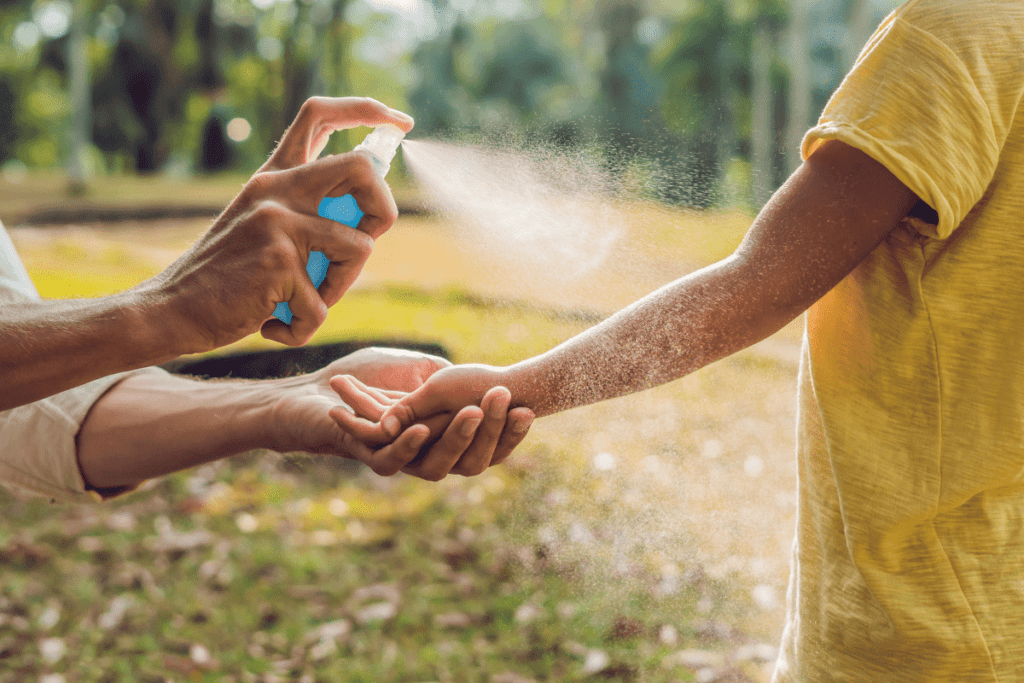Think about it – from waking up in the morning until going to bed at night, how many skincare products do you use? From brushing your teeth to moisturizing your face, washing your hair, and putting on mascara, the average person uses 16 personal care products a day. This means that you could be unknowingly exposed to dozens of chemicals, many of which may be harmful to your health and the environment.
To help Canadians make safer and more informed choices when shopping for skincare products, we put together a list of the top 10 harmful chemicals to avoid.
Beware of the #ToxicTen:
- Butylated hydroxyanisole (BHA) and butylated hydroxytoluene (BHT)
- Formaldehyde & formaldehyde releasing agents
- N-Ethylpentedrone (NEP) and N-Methyl-2-pyrrolidone (NMP)
- Oxybenzone
- Parabens
- Per- and poly-fluoroalkyl substances (PFAS)
- Phthalates
- Siloxanes
- Talc
- Toluene
Find out more about each of these chemicals, including what types of skincare products they lurk in.

You may be wondering: if these chemicals are toxic, why are they in all sorts of cosmetics and personal care products?
Let’s have a look at some of these chemicals.
Phthalates
While some of you may have vaguely heard of phthalates, many of you may be reading this word for the first time. That’s because phthalates are most often not labelled on a product’s ingredient list because hide in a product’s fragrance formula, which is exempted from ingredient labelling. (Did you know that most hazardous chemicals in personal care products are usually hiding in the fragrance?)
Fragrances don’t only include perfumes and colognes, the majority of personal care products on the market have some sort of scent – even the ones listed as unscented as there are chemicals added to mask the scent. That’s why we suggest avoiding products that list fragrance, parfum, or aroma on the ingredient list unless the package clearly states that the product is phthalate-free or the company lists all of the fragrance ingredients.
What’s the trouble with phthalates? Scientific research has found that they disrupt hormones and affect our reproductive health. They are increasingly being linked to the rise of infertility in men.
Per- and poly-fluoroalkyl substances (PFAS)
PFAS chemicals, known for being used in Teflon and non-stick cookware, also made our Toxic Ten list because they are added to cosmetics (like moisturizers and foundation) to make them waterproof or give the skin a “slippery” feel. This is concerning because PFAS are extremely persistent in the environment, hence their nickname “forever chemicals, and some of the legacy PFAS such as PFOA has been linked to cancer (if you haven’t watched the film Dark Waters, we highly recommend you do so!)
Canada has regulated some PFAS chemicals, but they are quickly being replaced with new PFAS chemicals that have been adequately studied. In fact, we now have nearly 5,000 PFAS that may be used in all sorts of consumer products. That’s why we suggest avoiding skincare products that list an ingredient with “fluoro” in the name, such as perfluorononyl dimethicone and polytetrafluoroethylene.
Other chemicals on our list include parabens (preservatives in cosmetics and suspected hormone disruptors), oxybenzone (a sunblock ingredient that poses significant harm to coral reefs around the world), and toluene (a toxic chemical used in nail products).
With this Toxic Ten list, you can stay informed while you shop. Print it out and keep it in your wallet or download it on your phone the next time you go shopping for personal care products to protect your health and the environment.









